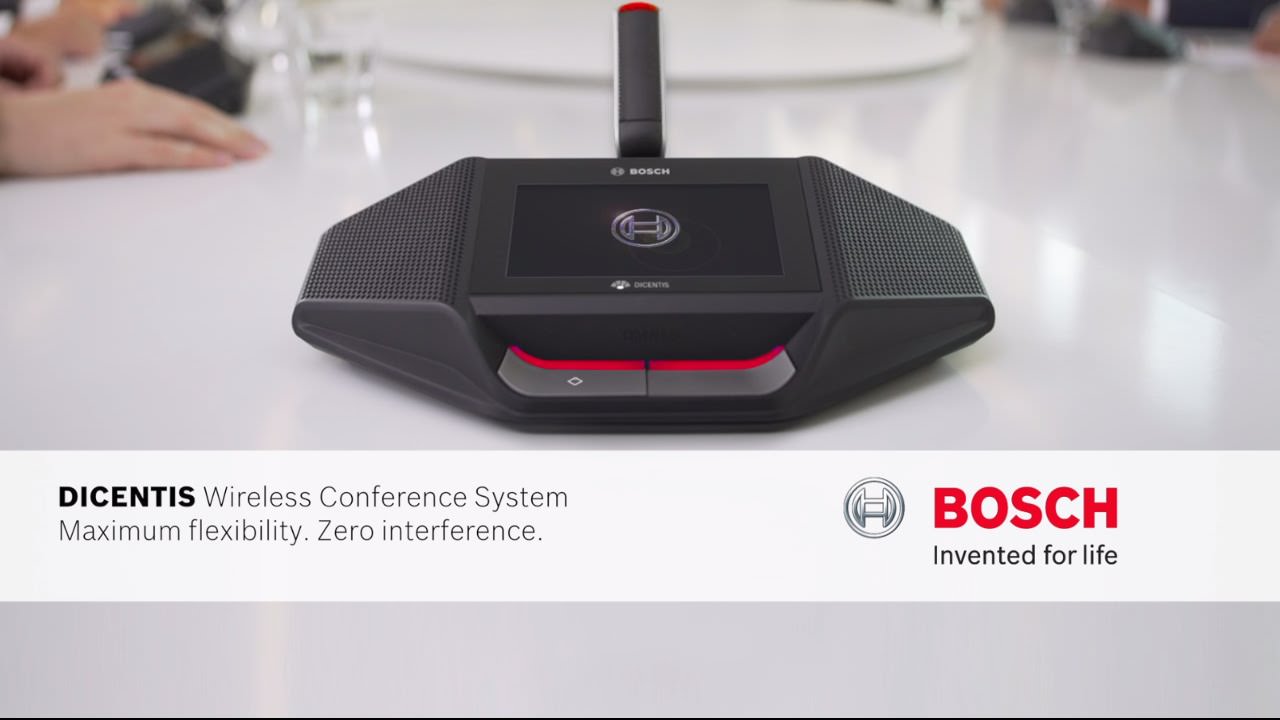DICENTIS Wireless Microphones
all three DICENTIS Wireless microphones provide excellent sound quality — select the best microphone for your environment.
long–stem microphones
With a stem nearly 19” these mics are typically used at meetings held in rooms with traditional 30”–wide tables.
short–stem microphones
the short stem microphones are just under 13” long, making suitable for events using “schoolie” 18”–wide tables where the long–stem microphones would be too long.
high–directive microphones
the high–directive microphones are premium–priced models with the most appealing look. To decide if they are right for your venue, you should consider the type of meetings you hold and how much control you have on the environment.
controlled environment
If the system is used in a controlled environment, such as a boardroom with one person per microphone, the high–directive microphone is the more elegant option.
The high directive mic can be used for event production and rentals as long as there is some control on how people behave with their natural environment and with the appropriate setting of expectations. With the proper setting of expectations, the high directive microphone can be a great option.
uncontrolled environment
if the system is purchased for use in an environment where there is little control over people and how the system will be used, the safer bets are the long–stem or short–stem microphones. They may not be as pleasing to the eye as their high–directive sibling, but they will not disappoint when two or three people share a microphone or sit in close proximity of each other and the microphone. The short– and long–stem microphones will better withstand the rustling of papers, the sound of someone drinking a beverage, or reaching for items across the table (think mints out of the mint ball). The long–stem mic is better suited to settings with considerable surrounding noise.
